We began our trip camping in the Carolinas, then the mountains of Tennessee and down into Georgia before heading west. Although we were possessed of maps and a decent sense of direction, we had not yet studied Critical Path Method scheduling techniques, and these southern dalliances, while enjoyable, used a considerable portion of our cash assets. When we finally turned west, our opportunities to camp in favorable weather had been for the most part eliminated, and our cash options for motels were nearly exhausted.
To make a long story short, my friend and I ran out of cash in Norfolk, Nebraska on the first day or two of November 1974. It was cold and desolate. We tried to find work there, as we had everywhere we had been recently. 1974 was a bad recession year and a lot of people were out of work. Getting a job without connections was almost impossible. Through a series of incredible events involving total strangers, within a day we wound up in South Sioux City, Nebraska; we got a personal loan to buy a car (well, a $250 car), we got loaned two weeks' rent on a flat in Sioux City, Iowa, across the Missouri River from Nebraska, and we were were advised there was this big slaughterhouse down US 77 toward Dakota City where a lot of people worked and, who knows, maybe you can get a job there.
The good thing about being clueless is that your naivete can sometimes can work in your favor. I put on my cleanest pair of jeans ( the other pair being my dirtiest pair), my best unstained denim shirt and I set off in our brand- old '67 Ford Ranchero station wagon to try to get a job at the Iowa Beef Processors (IBP) Plant in Dakota City. The plant was massive- blocks and blocks long, if there had been blocks there. We parked, hiked around and saw a door marked "Personnel Division". We figured, bingo, this is where you go to become a personnel.
The door was unguarded and we went up to the second floor after seeing no one on the first floor, somewhat mystified as to the absence of a throng of applicants at this giant regional employer. We wandered around up there quite a distance and couldn't find anyone either. Finally we got to the corner office. The anteroom where the secretary would sit was also empty (it was lunchtime as it turned out). So we knocked on the inner office door, just trying to find someone in this here so called personnel division, which we were no longer in.
We heard the words "Come In" from behind the door. We did and when we entered, I think it was a case of mutual astonishment. It was immediately apparent to us from the trappings of the office that we had marched right into the office of the guy running the whole place. He must have been wondering how these two banditos got into the inner sactum. The nameplate on the desk read"Jolty Eckstein". Jolty was eating lunch at his desk. He asked us "What do you want?" in a gruff tone. We advised him that we wanted a job. He seemed a little bit amused that we had the nerve to come into his office and ask for a job. He asked us a series of questions, where are we from, what are we doing here, and how the hell did we get into his office, etc.
For some reason, Jolty seemed to be impressed by the answers. Or, maybe he thought that we might cannabalize him if we didn't get a job real soon in order to buy food. I am not sure. He asked me if we would be willing to work on the kill floor. I answered "Absolutely." He then asked "How about kill floor second shift?" I said "We can start right now." He silently sized us up for what seemed like a long time, then said "You guys come with me."
We walked downstairs and then about a half a mile across the inside of the plant. Finally we arrived at the Employment Office. We then realized our mistake, not understanding the distinction between employment and personnel departments, and our hearts sank when we saw a long line of men filling out employment applications, just hoping to get a job. But Jolty took us to the head employment guy's office. He told him gruffly "Put these two guys on kill floor, second shift. And send me more guys like these, and not the s*** you have been sending me." That is a quote. And with that he turned around and walked off. I will definitely never forget that. Thanks, Jolty, wherever you are.
Now I am back in Siouxland after a 35 year absence. We drive through South Sioux City, on our way to the plant in Dakota City, a few miles south. I expect it to look different- 35 years is a long time. But it doesn't. The only things that have changed are the names of the signs on the restaurants, bars, and the other one-story establishments. Unless the white cowboys have acquired a taste for tacos, enchiladas, burritos, and the like, I think the hard work at the plant is being done by Latinos now. And that is as it should be. America still works- if you are willing to work hard, the opportunity is here for anyone.
When I was here in the winter of '74-'75, it was brutally cold. We had the worst blizzard in over 100 years in these parts; we were snowed into the plant for three days. It went down to 35 degrees below zero. We killed 1250 cattle per shift, every shift, so there were always a lot of cattle in the stockades, waiting thier turn. That storm, they all froze to death before they could be killed. They could not be used for human food once they died that way. I think about these Latinos and how cold these winters must seem to them. Probably they are killing 2000 head per shift now.
When I get to the plant in Dakota City, I see that it is no longer the mighty IBP; it is owned by Tyson Foods now. But it looks the same as it did 35 years ago, and there are the same kind of vehicles in the massive parking lot. Some beat-up pick up trucks, and a few nice ones. I see some guys in hard hats come outside for a break, something we did not do in that brutal winter. And I imagine that a few of these hard working guys from Mexico, or El Salvador, or wherever, got thier jobs here just as improbably as I did, and they are just as grateful as I was all those many years ago.

















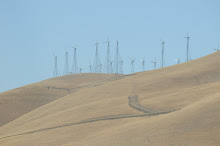
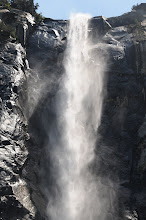
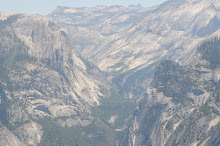





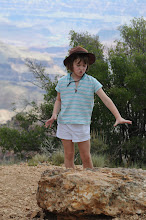





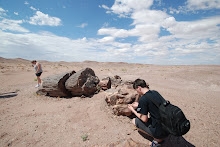












































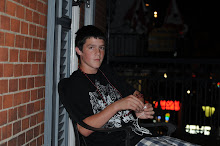





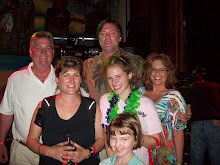.jpg)




















































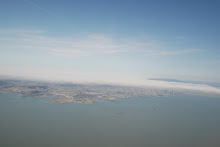

No comments:
Post a Comment
Note: Only a member of this blog may post a comment.